With a growing population comes a growing need for healthcare services. One of the most important entities of the healthcare value chain is the pharmaceutical industry, and as the consumption of pharmaceuticals increases, so does the need for energy to produce these pharmaceuticals.
Energy optimization is the practice of decreasing the amount of energy used to meet the same quality and quantity of output by more efficient means. When properly implemented, it results in increased economic, environmental and social value. Facing increasing production costs, pharmaceutical manufacturers must consider energy optimization to improve their manufacturing efficiency and maintain sustainable production.
This white paper will introduce the pharmaceutical industry and its current challenges, followed by best practices for analyzing energy consumption and identifying areas of improvement. Finally, it will present solutions and case studies that can benefit pharmaceutical manufacturers hoping to
achieve energy optimization.
While it’s important for both new and existing pharmaceutical plants to strive for energy efficiency, their energy optimization strategies should not be the same.
Process design and equipment selection can play a vital role in preventing energy waste, which means that energy optimization can be achieved from the start when a new plant is being designed. But it’s challenging to meet these objectives in existing plants that already have legacy infrastructure, tools and machinery deployed at different levels of maturity.
Unfortunately, most of today’s pharmaceutical leaders are primarily focused on innovation, strategy and bringing products to market quickly. Energy optimization is not considered a priority. But this is a mistake, as improving energy efficiency in pharmaceutical operations is one of the most effective ways to reduce operating costs and meet sustainability goals.
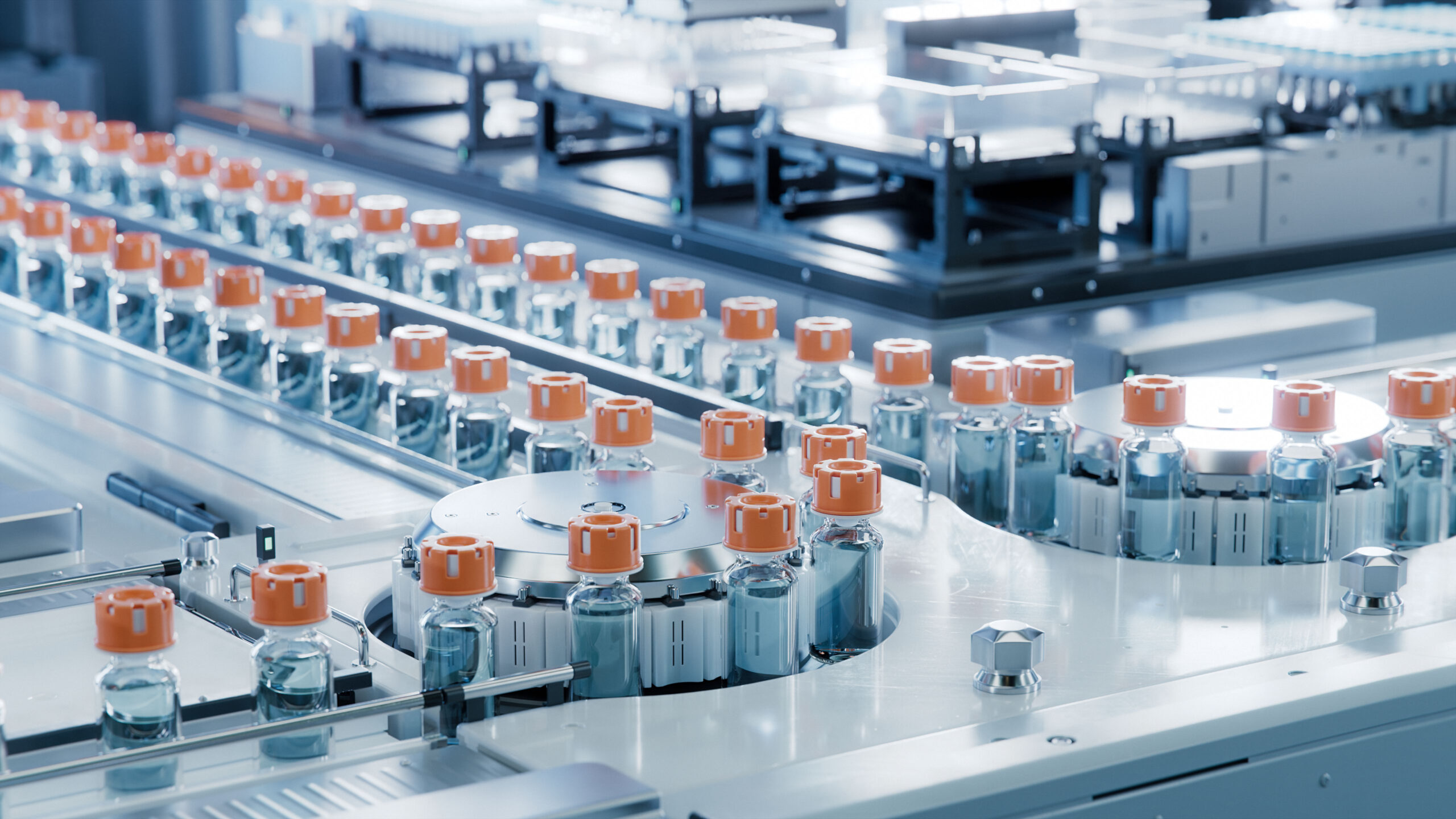
Most pieces of equipment in existing plants are energy intensive because they are from an older generation. In most cases, they stand alone and are not connected to a central monitoring system. There are cases where pharmaceutical companies calculate energy consumption by volumetric production ratios and run hours, but given the significant energy cost contribution to the cost of goods sold (COGS), this data might be incorrect in competitive market scenarios.
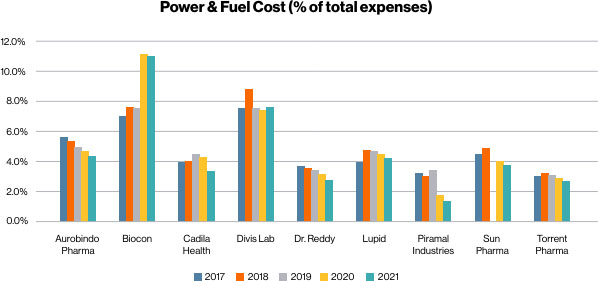
Fig. 1 Power and fuel expenses in the pharma Industry
Source: https://www.moneycontrol.com/
The illustration above depicts power and fuel expenses for 13 pharmaceutical companies over a five-year period. There is substantial variability in their consumption percentages, which suggests that energy optimization could be a potential area for recurring savings.
In existing plants, taking advantage of the benefits of natural lighting to help reduce energy usage can be challenging, but it’s not impossible. Conducting an energy audit is an essential first step for understanding an existing plant’s current level of energy consumption, as well as identifying priorities for improvement and defining a roadmap for implementation. The outcome benefits of the audit can then be used to calculate ROI and prioritize initiatives.
| 6-10 WEEKS | 6-12 MONTHS |
|---|---|
| Initial assessment phase depending on the size of the plant and scope of activities | Detail design and implementation phase depending on the scope and activities |
The value chain in pharmaceutical plants is long and involves numerous processes, from raw material refining to the finished product.
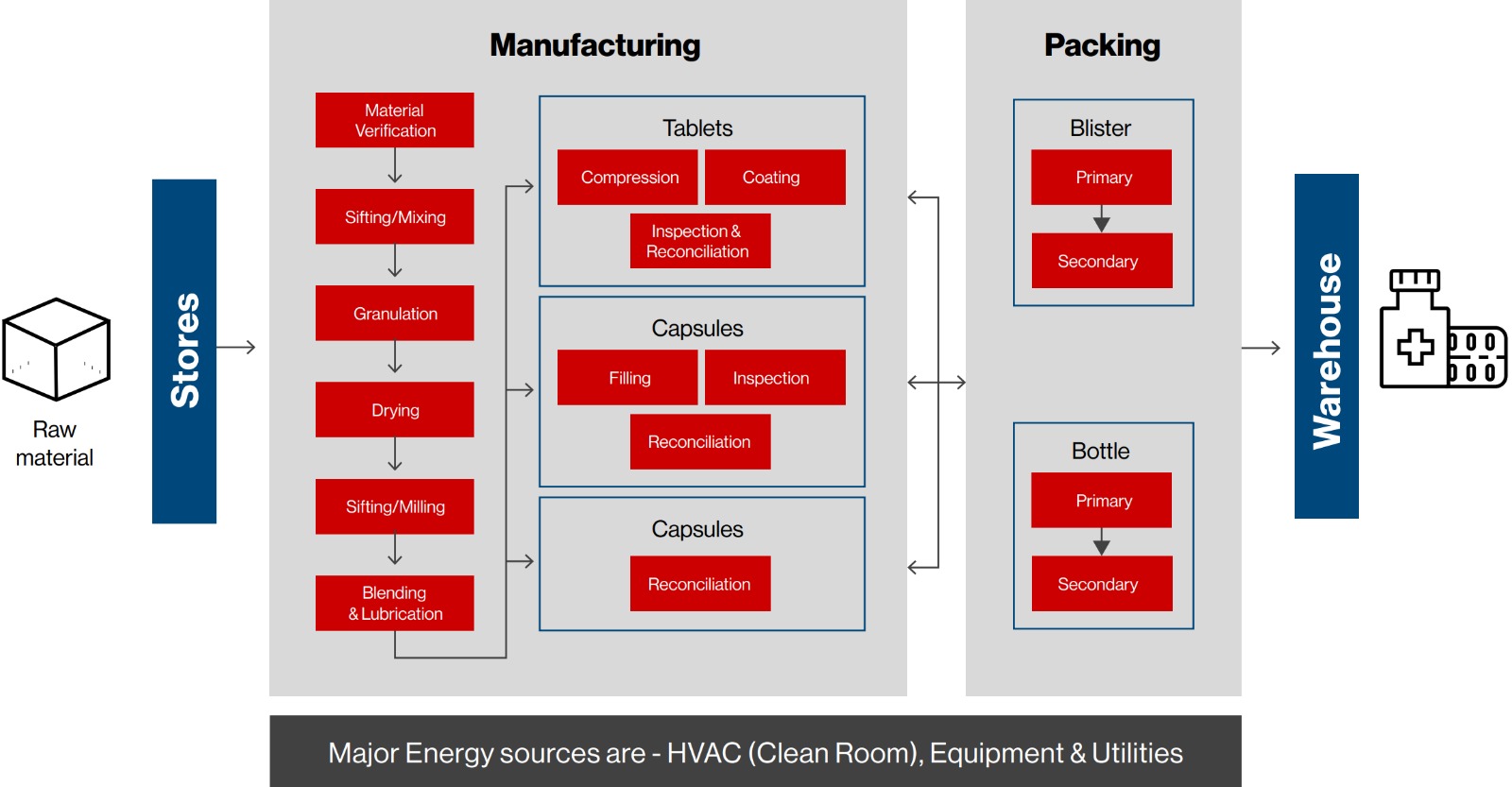
Fig. 2 Typical pharma (generic) manufacturing value chain
For pharmaceutical leaders looking for more advanced energy management solutions, whether it be alternative fuel and energy supply options or on-site generation, conducting an energy audit is the best place to start. Below is an illustration of energy distribution in a typical pharmaceutical plant, organized by processes and by consuming departments.
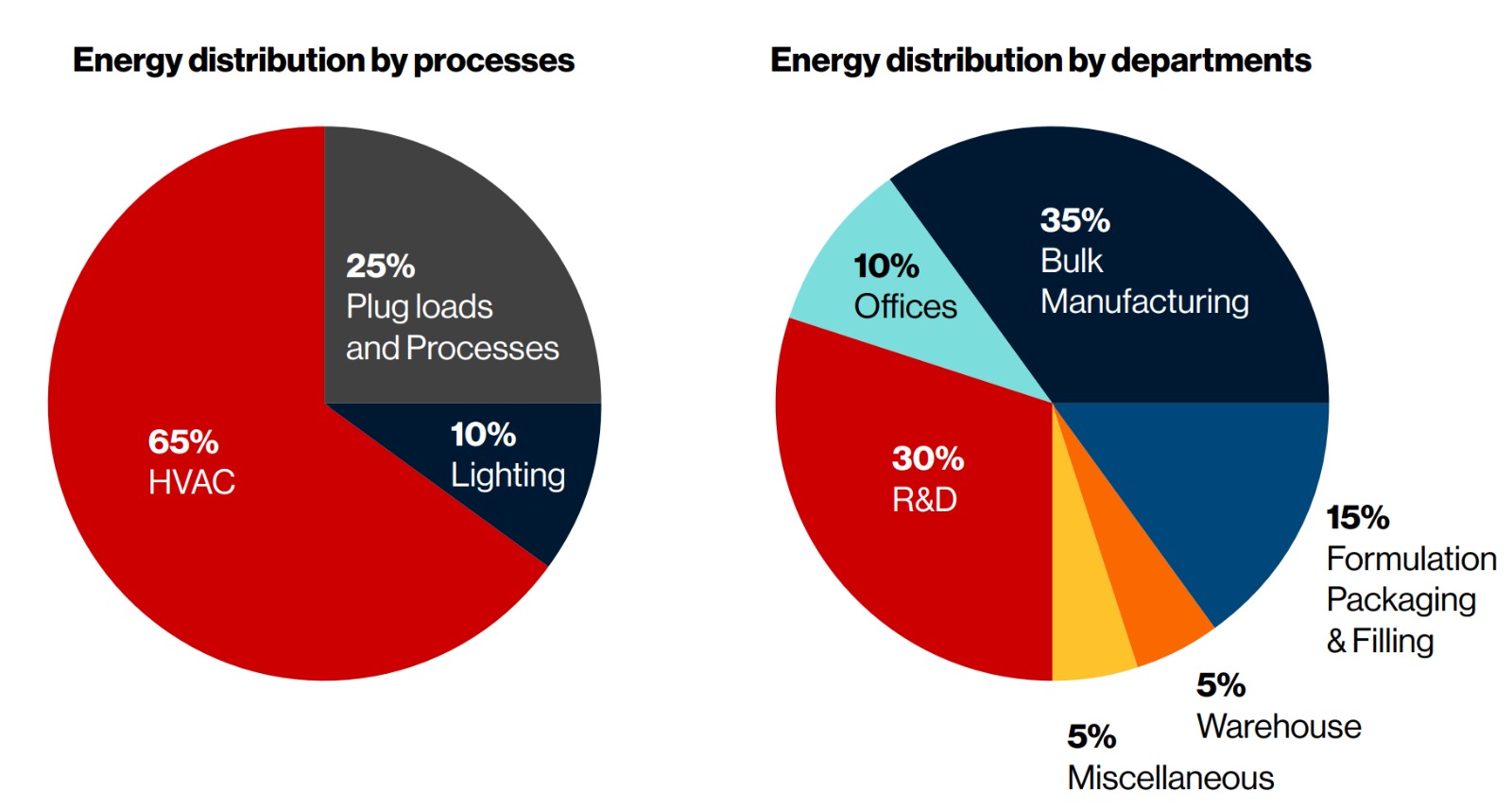
Fig. 3 Energy distribution of a typical pharmaceutical company1
Source: https://www.osti.gov/servlets/purl/923192-3bA1yb/
In most cases, there is no mechanism to capture energy data automatically in existing plants — energy monitoring devices must be deployed to capture and analyze data. Industrial internet of things (IIoT), together with an energy meter, can help achieve this kind of energy monitoring and help further optimization.
Such factors can be uncovered through process study techniques such as Gemba or Day in the Life of (DILO). An assessment report can create a baseline of energy consumption
which can then be evaluated against global benchmarkings to find a potential opportunity for energy savings.
The future high-level state can be aligned as per guidelines issued by energy performance indicators (EnPIs) and the U.S. Department of Energy.
Assessment report briefs can help clarify the details of energy consumption analysis in existing plants, including identifying energy intensive equipment and processes. The results can be compared with baseline data to arrive at energy savings from the respective energy consumption elements. Recurring savings forms the basis for calculating ROI on a longer term. Periodic analysis of the past energy data via data analytics platforms can help compute benefits over time and display them in reports and dashboards.
Considering these usage factors in an energy audit can help determine the feasibility of the below actions.
Replacing energy-intensive equipment such as reactors, distillation columns and encapsulators with comparatively lower energy consumption equipment can help cut energy costs significantly. Calculating the net present value (NPV) of new equipment and comparing it to savings on energy cost can help determine feasibility. If the NPV of older machinery is greater than the new, it may be time to replace equipment.
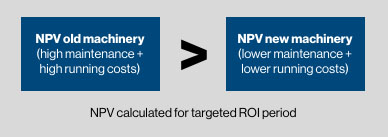
As per the research1 carried in pharmaceutical manufacturing, 60% to 70% of energy cost belongs to motors’ energy cost. Unnecessarily higher rated motors contribute more to the delta energy cost. Detecting equipment and aligning it with adequate capacity would help in reducing energy cost.
Equipment such as reactor furnaces in pharmaceutical manufacturing are process intensive and the tuning of process parameters can reduce energy costs substantially. Real-time capturing of the process parameters and statistical analysis of the data — using a technique like design of experiments (DOE), for example — can offer insight on optimal parameter values.
AHUs in areas such as formulation manufacturing rooms can be turned off automatically during non-required durations. These time periods can be identified and a strategy can be developed to automate scheduled use.
1 Variable Frequency Drive, ” Variable frequency drive in pharmaceutical industry “,
http://www.vfds.org/variable-frequency-drive-in-pharmaceutical-industry-760075.html

The illustration above evaluates the value potential and ease of implementation of the following energy optimization initiatives.
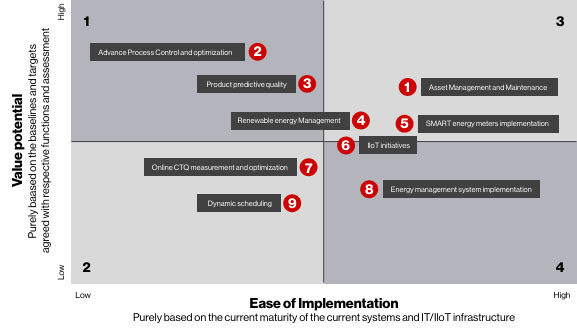
Fig 4. Illustrative Prioritization Matrix
Old equipment is prone to more energy consumption with mechanical jam and inertia. A tool to carry structured maintenance schedules linked with realtime monitored parameters can help to reduce energy and maintenance costs, and minimize losses due to unplanned stoppages.
Optimization of the processes vis-à-vis process parameters can help reduce energy costs.
Predictive quality analytics can help reduce waste or batch rejection. Essentially, the rejected product contributes to the cost rather than the revenue. Techniques such as Pareto or 5 hys analysis can be used to perform root cause analysis of quality issues and reduce rejection.
Renewable energy management can contribute to long-term energy cost savings.
Smart energy meters can help with real-time monitoring and provide notifications for unusual or excessive energy usage.
Such platforms can help collate energy data centrally, analyze and detect anomalies, and enable decision support mechanisms. Energy monitoring can also be extended to a closed-loop system where integration with a business management system (BMS) can create a closed loop to optimize energy consumption.
Online systems such as energy metering systems (EMS) and distributed control systems (DCS) can help collect data and align it for the desired business CTQ on energy consumption.
An EMS can connect all energy consumption sources and collect, analyze and report the energy data. (See Figure 5: Illustrative Energy Management System).
Dynamic scheduling can help maximize the utilization of the manufacturing room, which can help optimize overhead energy costs.
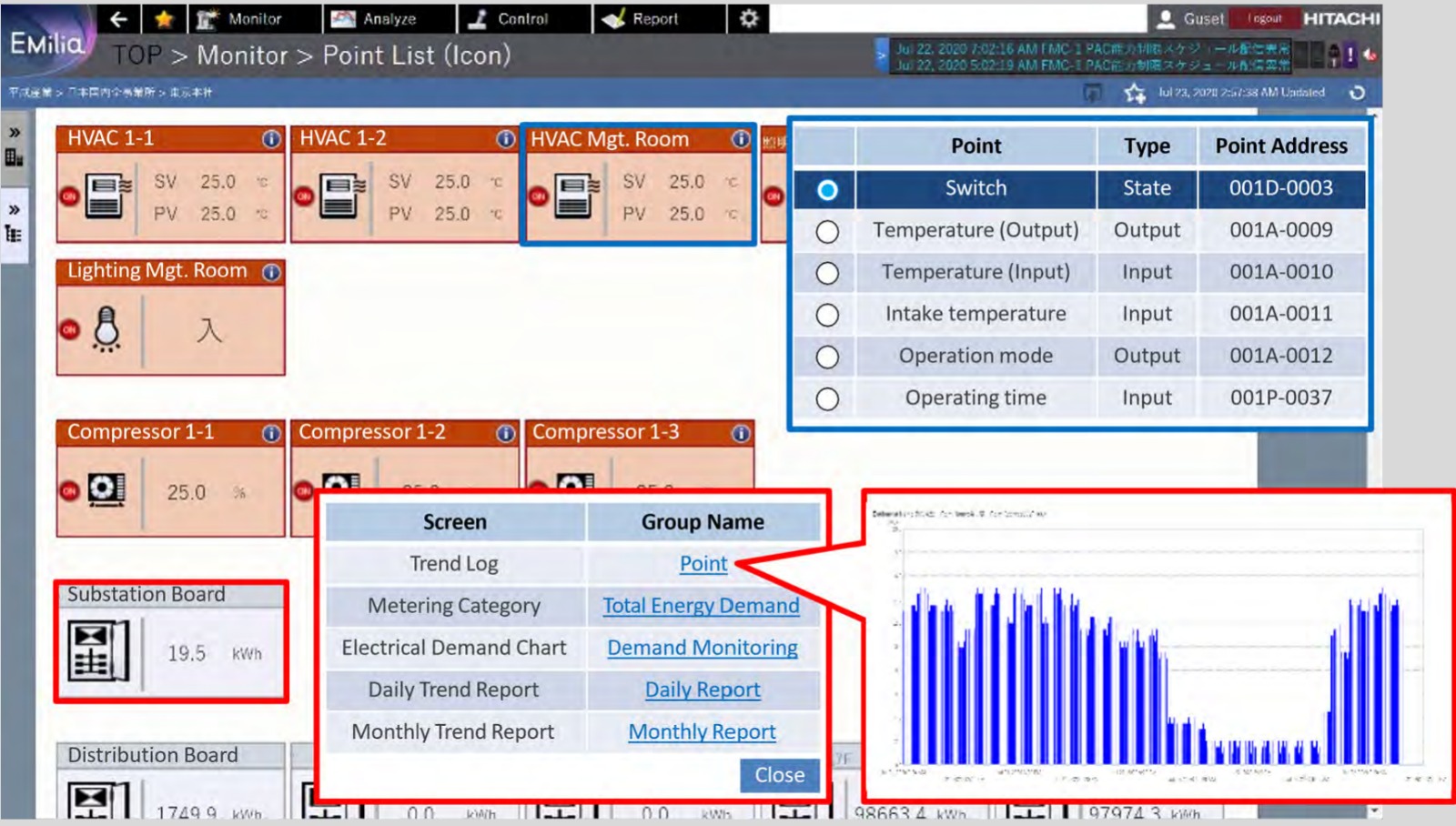
Fig:5 Illustrative Energy Monitoring System
Once the priorities are identified, implementation can be planned utilizing initiatives such as:
In the validation step, comparison of the target versus the actual outcomes enables pharmaceutical manufacturers to derive achievements from the implementation. Once certain improvements are achieved, measures can be initiated to ensure the sustainability of implemented initiatives. On a sustained new baseline, additional assessment enables further scope of energy optimization. This cycle continues for an extended period until the key performance indicator (KPI) is achieved. A periodic assessment and energy audits by a competitive organization (such as Hitachi Energy audit as a service) would help with continuous improvement and to sustain energy management initiatives.
In the case of a new plant, there is an opportunity to architect the energy management system without impacting operations. The Industry 4.0 maturity model (Figure 6: Illustrative Industry 4.0 Digital Maturity Model) approach is relevant here to connect, collect and visualize the energy data, and then step in for the advance analytics to optimize further.
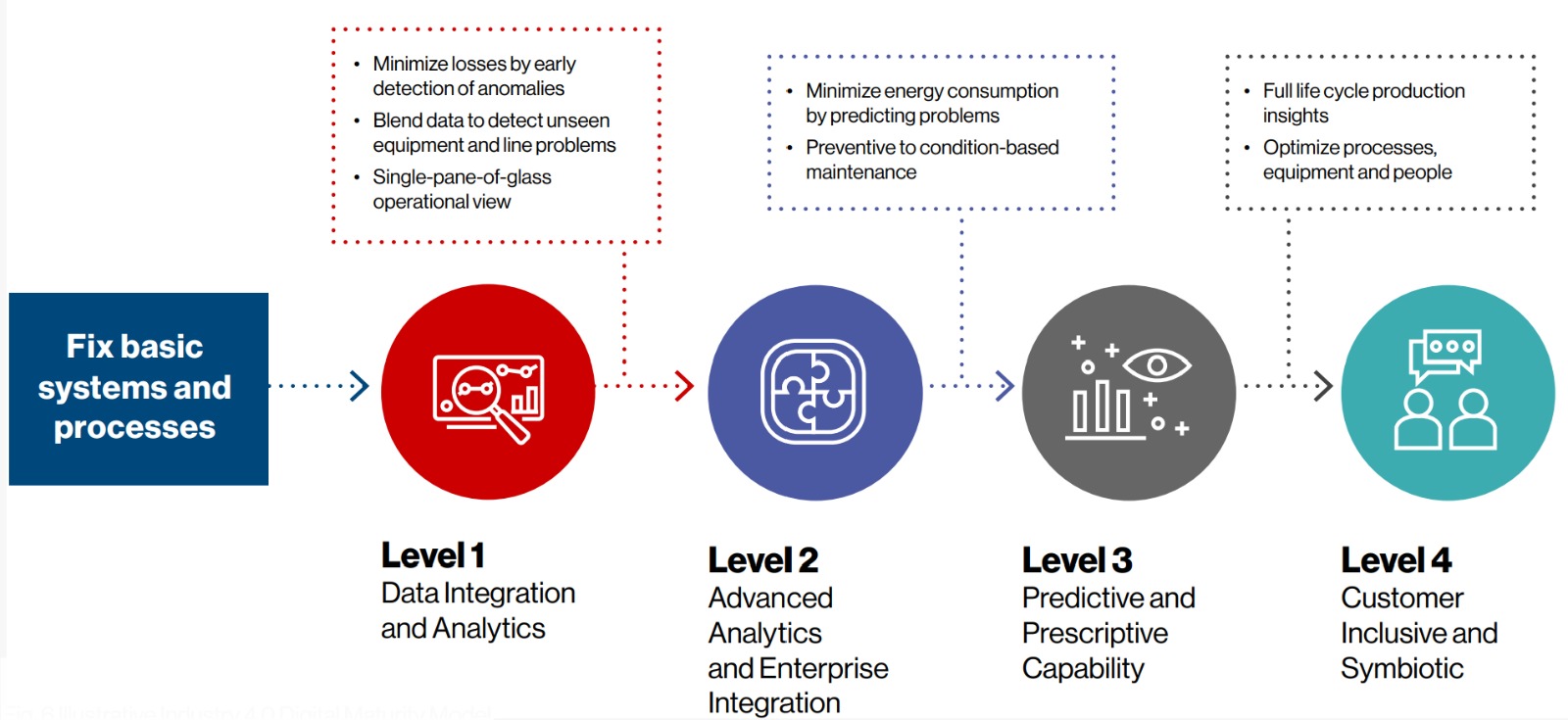
Fig:6 Illustrative Industry $.0 Digital Maturity Model
An energy waste prevention approach can be planned for each of the following areas:
A selection of machinery can be aligned with future capacity requirements. The carrying costs of equipment can be determined based on the desired ROI period. Machinery should have provisions to capture and share real-time energy consumption data.
Many sections of manufacturing plants demand high energy for illumination and airflow, which can be planned ahead of time to maximize the use of natural resources.
Careful selection of utility and HVAC equipment is a highly efficient way to reduce energy consumption, as these pieces of equipment can consume a significant amount of the energy in pharmaceutical manufacturing.
During the design of a plant, setting up a mechanism for process and operations monitoring can help save energy costs.
During the process design, priority needs to be given to lower energy consumption for long-term benefits. The energy-intensive process leads to an increase in overheads and manufacturing costs.
Before going into detailed design, it’s important to understand the business requirements and make proper equipment selections. Many organizations give little weight to energy management and fail to complete a business requirement document (BRD), which outlines project objectives and requirements. But completing this exercise is vital for any new plant focused on achieving energy optimization, as it can serve as a blueprint and help finalize the procurement processes. The below pictorial depicts the BRD concept.

Fig. 7 Business requirement document
In general, any type of optimization can reduce energy waste and improve energy efficiency. Lean Six Sigma is a popular business approach designed to help companies identify and eliminate energy waste to improve performance. It follows a five-phase road map of key stages of called DMAIC (Define, Measure, Analyze, Improve, Control) to meet the desired future state.
The most commonly used Six Sigma methodology, DMAIC is comprised of the following steps:

Case Study
In an effort make its manufacturing processes more resourceefficient, Swiss multinational pharmaceutical company Novartis wanted to gain a deeper understanding of its energy consumption and identify energy efficiency measures on that basis. The company has successfully recorded, measured and analyzed key energy consumers and evaluated possible measures from an economic point of view. In 2021, more than 40 energy-saving projects were successfully implemented at the Austrian Kundl and Schaftenau locations of Novartis, including:

An upgrade to the solvent process at its Kundl site in Austria led to a reduction of 8,500 tons of carbon dioxide (CO2) annually. The site in Huningue, France, reduced 19% of its annual energy consumption — equivalent to 1,600 tons of CO2 — through a more energy-efficient system.
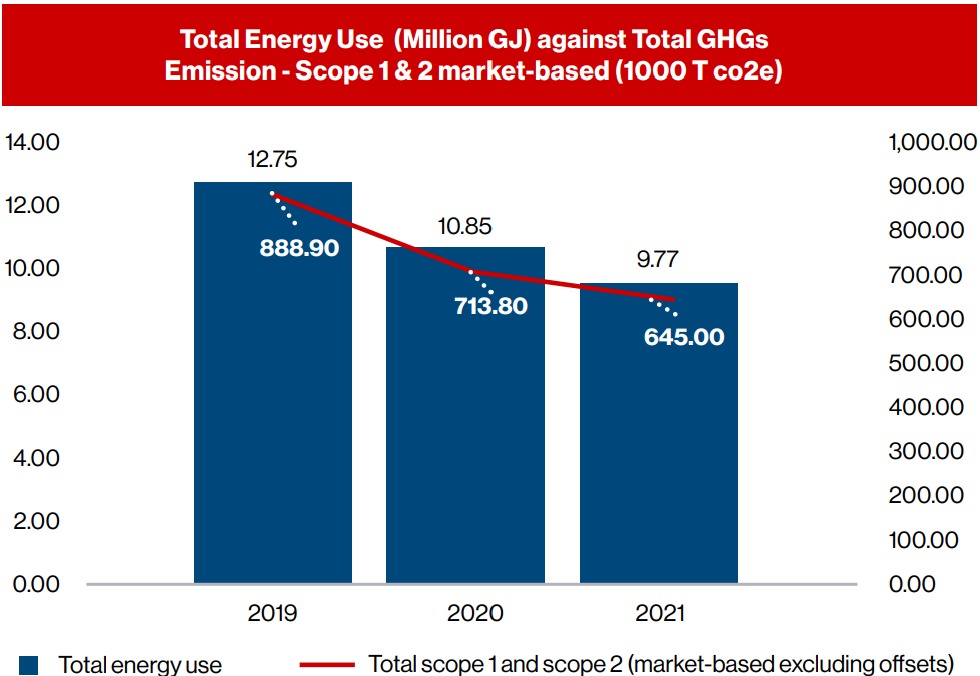
Fig:8 Total Energy Use(Million GJ) against Total GHGs Emission-Scope 1&2 market-based(1000 T co2e)
Note: The industry definition of Scope 1 and 2 Emissions — Scope 1 covers direct emissions from owned or controlled sources. Scope 2 covers indirect emissions from the generation of purchased electricity, steam, heating and cooling consumed by the reporting company. Scope 1 includes all other indirect emissions in a company’s value chain.
Case Study
MSD, a global pharmaceutical giant known as Merck in the U.S. and Canada, has made it a priority to reduce its demand for energy. It has established internal policies and practices focused on reducing energy use at it sites and minimizing greenhouse gas (GHGs) emissions throughout the corporation.
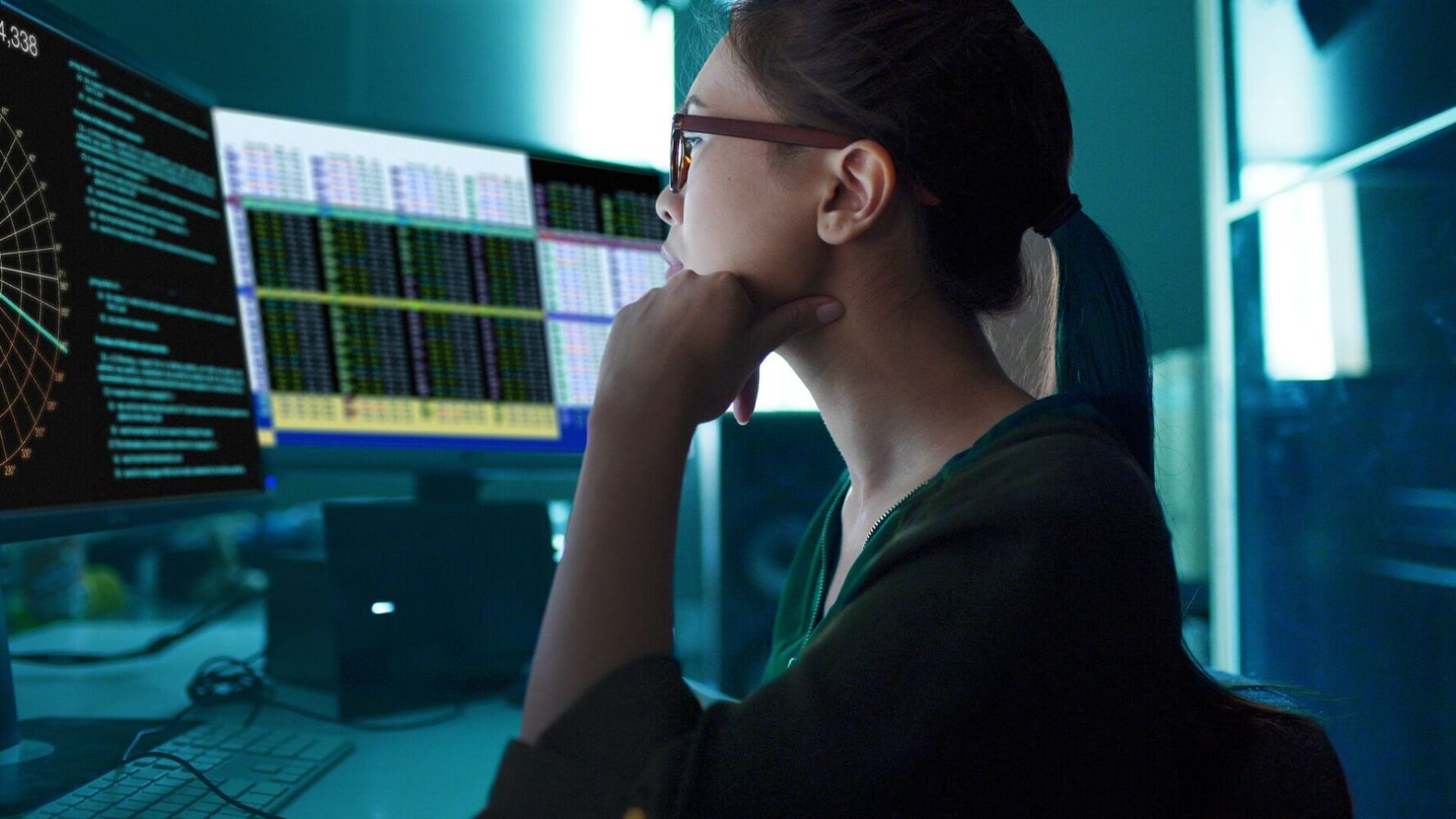
Energy management programs have been implemented at 11 European sites to manage energy use and maintain or achieve certification for energy management to comply with the EU Energy Efficiency Directive audit requirements.
The company’s Global Energy and Sustainability center of excellence (CoE) has provided tools for facility managers to identify opportunities to reduce energy use and eliminate waste. These tools include the Low Carbon Transition Playbook, Global Energy Scorecard, and sustainability meetings and newsletters for best practices sharing.
All of the company’s employees have access to a training curriculum that allows them to learn more about energy management and energy systems. Through this program, employees can earn an Energy Manager Certification. Site energy managers from more than 70 facilities are expected to complete this basic energy efficiency training curriculum.
MSD is not only minimizing GHG emissions but also reducing its operating costs and mitigating the business impacts expected to be associated with future climate change requirements.
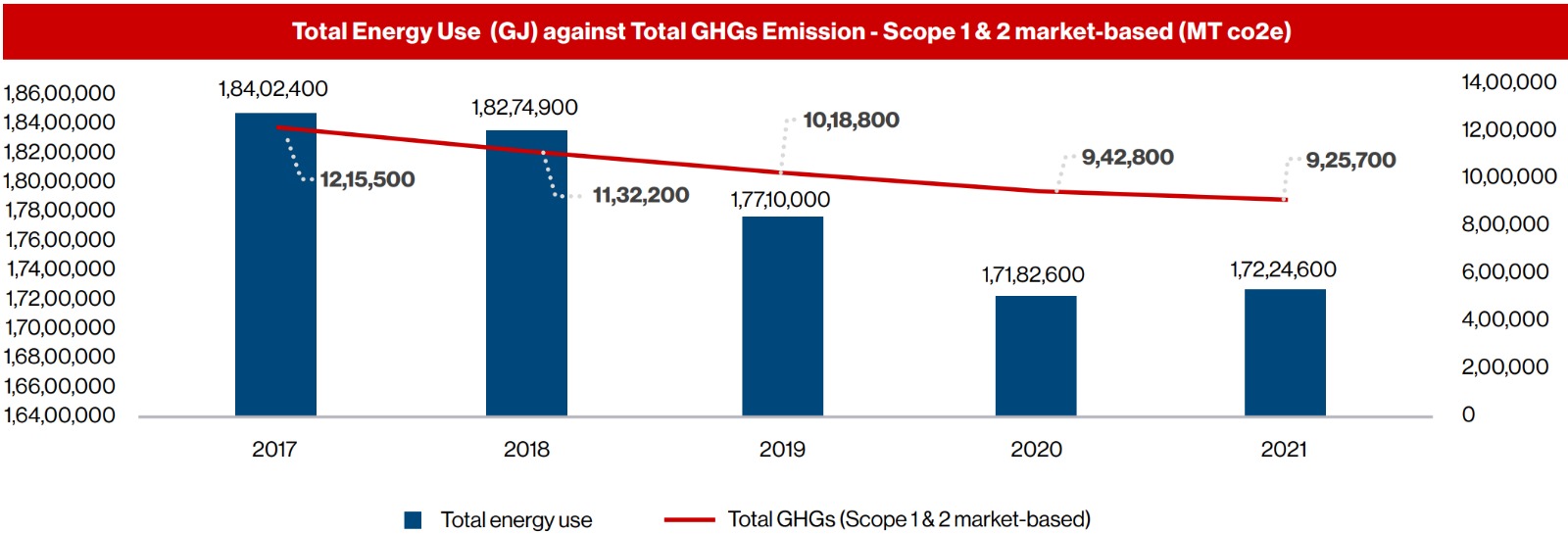
Fig. 9 Total Energy Use (GJ) against Total GHGs Emission – Scope 1&2 market-based (MT CO2e
The following table depicts how energy optimization can lead to operational improvements and energy savings in pharmaceutical plants.
| List | Machinery | Utilities | Lighting |
|---|---|---|---|
| IIoT |
|
|
|
| Big Data Analytics |
|
|
|
| Visual Analytics |
|
|
|
| Artificial Intelligence |
|
|
|
| Extended Reality |
|
|
|
To be a sustainable business, your company must be focused on green manufacturing processes. Energy optimization is a key element to achieving your green manufacturing vision and reducing your organization’s carbon footprint.
With our experienced team and systematic approach, Hitachi Digital Services can develop a keen understanding of your business goals and help you achieve them by matching the appropriate solution to your desired business outcomes. The methodologies stated in this paper, coupled with our solutions, can provide your business with long-term benefits while fostering to a clean and sustainable environment.

Director Consulting Practice
sunil.hardikar@hitachids.com
Senior Director, Consulting Practice
dev.ramchandani@hitachids.com
By subscribing to Hitachi Digital Services’ Insights and providing your e-mail, you agree and consent to Hitachi Digital Services´ Privacy Policy and Website Terms of Use. Data Controller: Hitachi Digital Services Corporation. Purpose: manage Hitachi Digital Services.
Read More +
